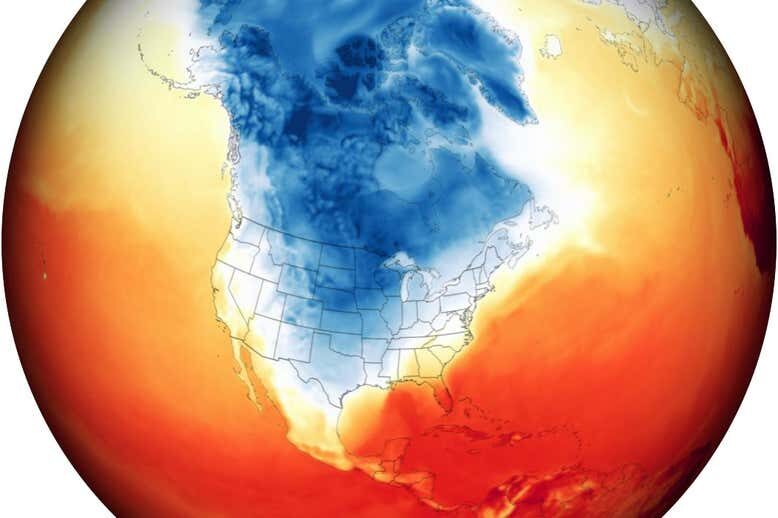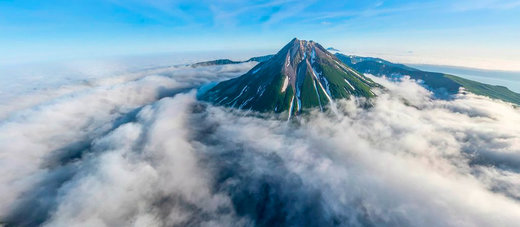
Snow fell in the Southern Drakensberg, Lesotho and parts of the Eastern Cape on Tuesday leading to a flurry of photographs of the latest snowfall being shared on social media.
SA Weather Services Forecaster Lehlohonolo Thobela told the South African that the snow had started falling earlier on Tuesday but it was expected to be short-lived and to clear up overnight. He said snow had fallen in the Southern Drakensberg, parts of the Eastern Cape and in the Lesotho highlands.












Comment: Some context to illustrate just how unusual this snowy situation is for the country: